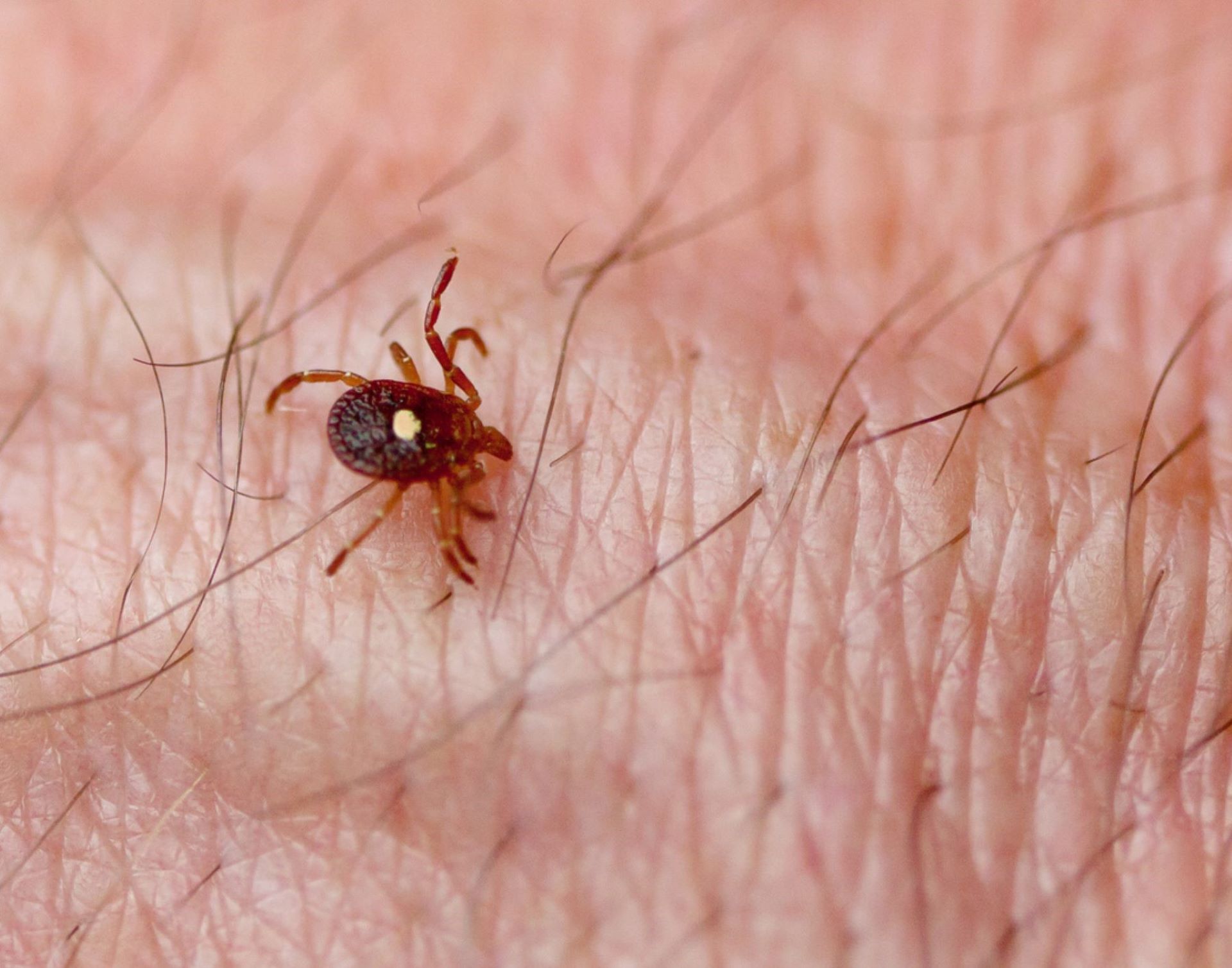The Centers for Disease Control and Prevention has reported a steep increase in cases of alpha-gal syndrome, a potentially life-threatening allergy.
What's happening?
Alpha-gal syndrome is a food allergy to several kinds of meats and animal products. Pork, beef, rabbit, lamb, venison, gelatin, milk, and some dairy and pharmaceutical products may pose a threat to those suffering from alpha-gal syndrome.
In the U.S., alpha-gal syndrome is transmitted through the bite of the Lone Star tick, formally known as Ablyomma americanum. Known for the white spot on its back, the Lone Star tick is found in the southern and eastern U.S., though in recent years its range has expanded as temperatures rise due to climate change.
New data from the CDC demonstrates that the number of Americans with alpha-gal syndrome has increased dramatically in recent years. More than 110,000 cases have been reported since 2010, and the CDC estimates that between 2017 and 2021, the number of cases per year rose by 15,000.
The CDC estimates that 450,000 Americans may already be infected with alpha-gal syndrome — and many may not even know they have it.
Why is alpha-gal syndrome a problem?
We don't know much about alpha-gal syndrome, but we do know that the allergic reactions it causes can be severe. After exposure to allergens, those suffering from alpha-gal syndrome may experience hives, stomach cramps, diarrhea, sortness of breath, and anaphylaxis. Reactions vary from person to person, but anaphylaxis can be fatal if not treated properly.
Alpha-gal syndrome can be hard to diagnose because its symptoms are so varied and because the allergy is not well known. A 2022 survey of 1,500 healthcare workers found that 42% of respondents had not heard of alpha-gal syndrome. Only 5% reported that they felt "very confident" in their ability to diagnose alpha-gal syndrome.
As temperatures continue to rise, the Lone Star tick's habitat will expand. Reported cases of tickborne illnesses doubled in the U.S. between 2006 and 2016, in part because warmer climates are allowing ticks to move further north. With a growing habitat and growing awareness of alpha-gal syndrome, we're likely going to see the uptick in diagnoses continue.
What can I do about alpha-gal syndrome?
Alpha-gal syndrome is a lifelong condition, so tick bite prevention is the best approach to the disease. Before spending time outside in grassy or wooded areas, treat your clothing and gear with insect repellent. Try to leave as little skin exposed as possible. After coming indoors, be sure to check your body and clothing for ticks.
Join our free newsletter for easy tips to save more, waste less, and help yourself while helping the planet.








